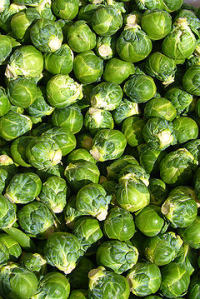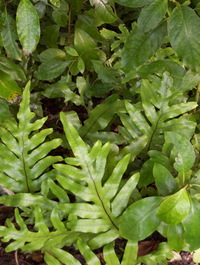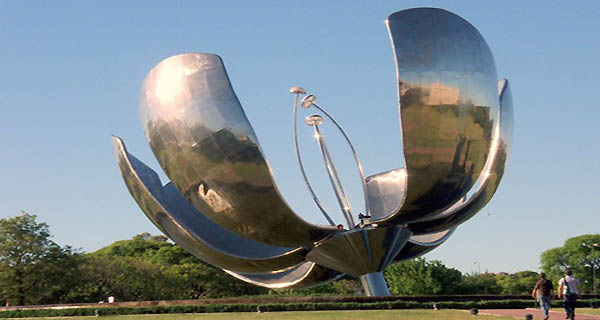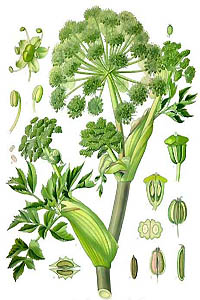
The red flower heads look like balls of fluff thanks to their petals being inconspicuous. The mass is made of long red stamens, lightly tipped with golden pollen sacks. And they light up the tree as if covered in red tinsel.
The pohutukawa is a New Zealand native but comes from the Myrtaceae or Myrtle family that also gives us clove, guava, feijoa and eucalyptus. It’s less fragrant than the other relatives but is so well loved that we can’t get enough of it.
More on the beauty, the symbolism and the protection of New Zealand pohutukawa with plenty of links, after the jump Read more








